On the other side of the fair-weather Razdan Pass, dirges of Habba Khatoon are still making the air mournful. In her shoes today are the countless natives of the militarized town longing for their clan drifted and divided by the Line of Control.
Up in Himalayas, Gurez is girded with towering peaks dotted with coniferous and pine trees.
From this captivating landscape, numerous natives abandoned their organic farms shadowed by guns and frontier fireworks during nineties.
Those left behind are putting up a perpetual battle with the razor-wire reality of their lives. This makes many natives believe that their charming land is cursed.
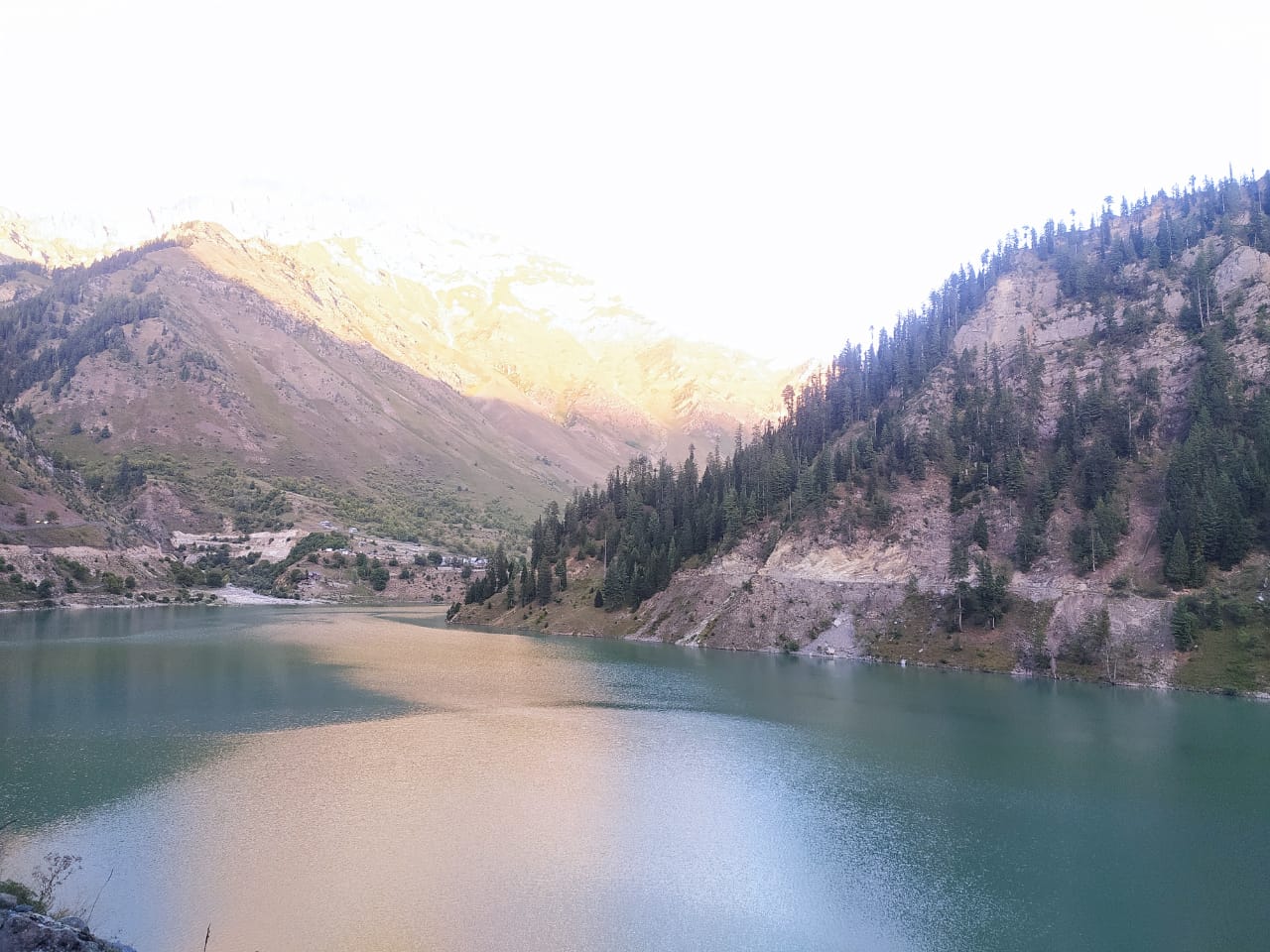 Blue River Divided By Two Names
Blue River Divided By Two Names
It’s said that Kashmir’s last king Yusuf Shah Chak was banished by Akbar from this fringe pocket of the valley. The Mughal emperor’s ruse paved way to the foreign dominations in Kashmir.
Braving the same non-native influence for centuries, the Dard tribe of Gurez got divided between the armies of two nations in the fall of 1947.
“Since then,” said a weather-beaten native, “a strange lament and longing has cursed this landscape.”
This feeling comes from the fact that they’re so near, yet so far from their divided loves ones.
“This is the most brutal and helpless feeling in the world,” the native said. “These fences work like Akbar’s banished barriers, making someone like Habba Khatoon a wanderer in search of her beloved.”
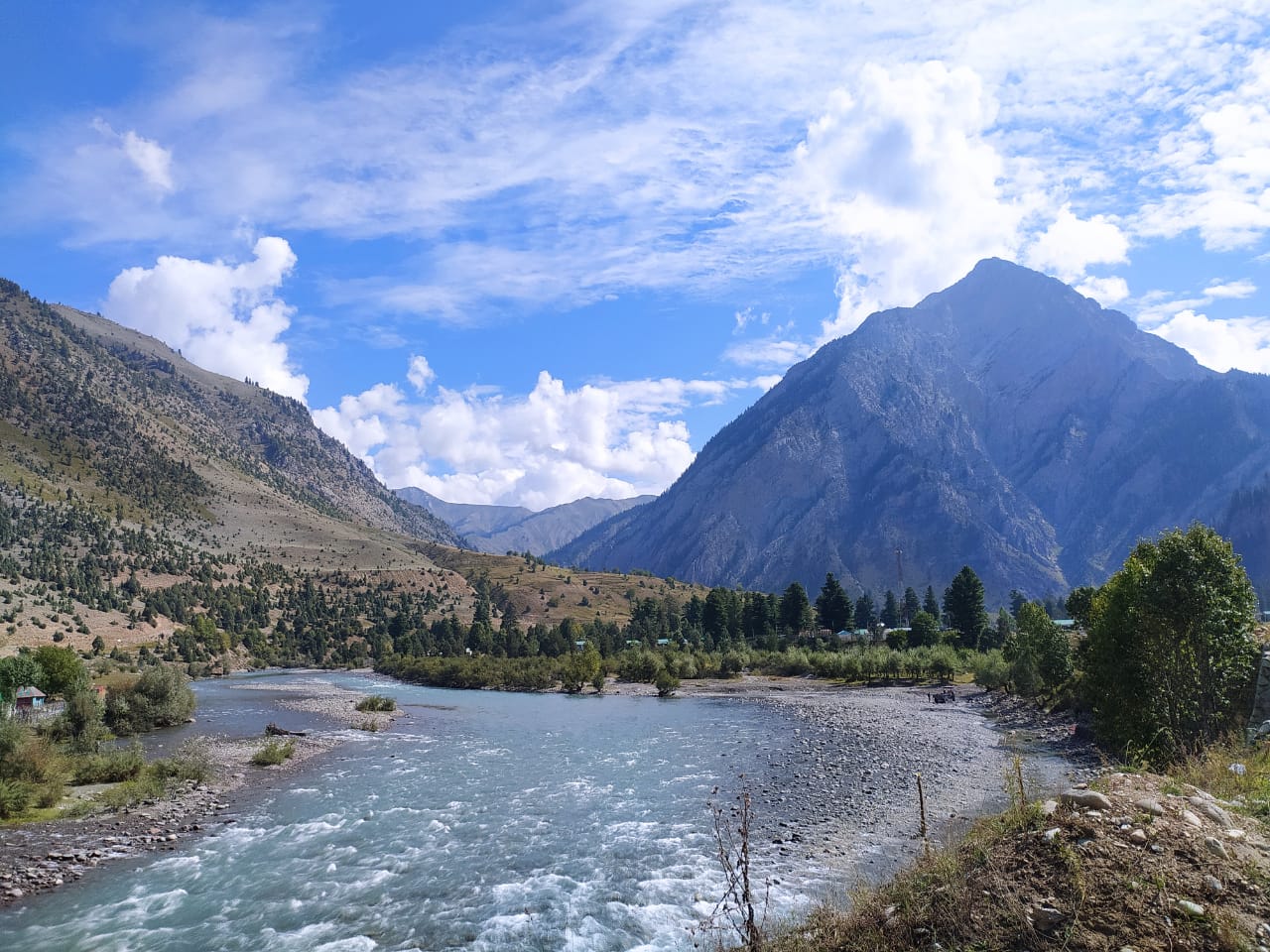 Mount of Habba Khatoon
Mount of Habba Khatoon
The rise of the twin powerhouses in sub-continent not only created divisions, but also blocked the iconic Silk Route passing through Gurez. It made the fascinating land a freeze frame overnight. This blockade undid the bygone reality of the region geographically close to Burzil Pass, a Kashmir gateway to the Astore district of Gilgit Baltistan.
Apart from Gurez and Gilgit Baltistan, a home to Sheena speaking Dard tribe, other Dardic ethnicities are found in the Dras area of Kargil. But those separated by political walls are still creating a sense of lost and longing in Gurez.
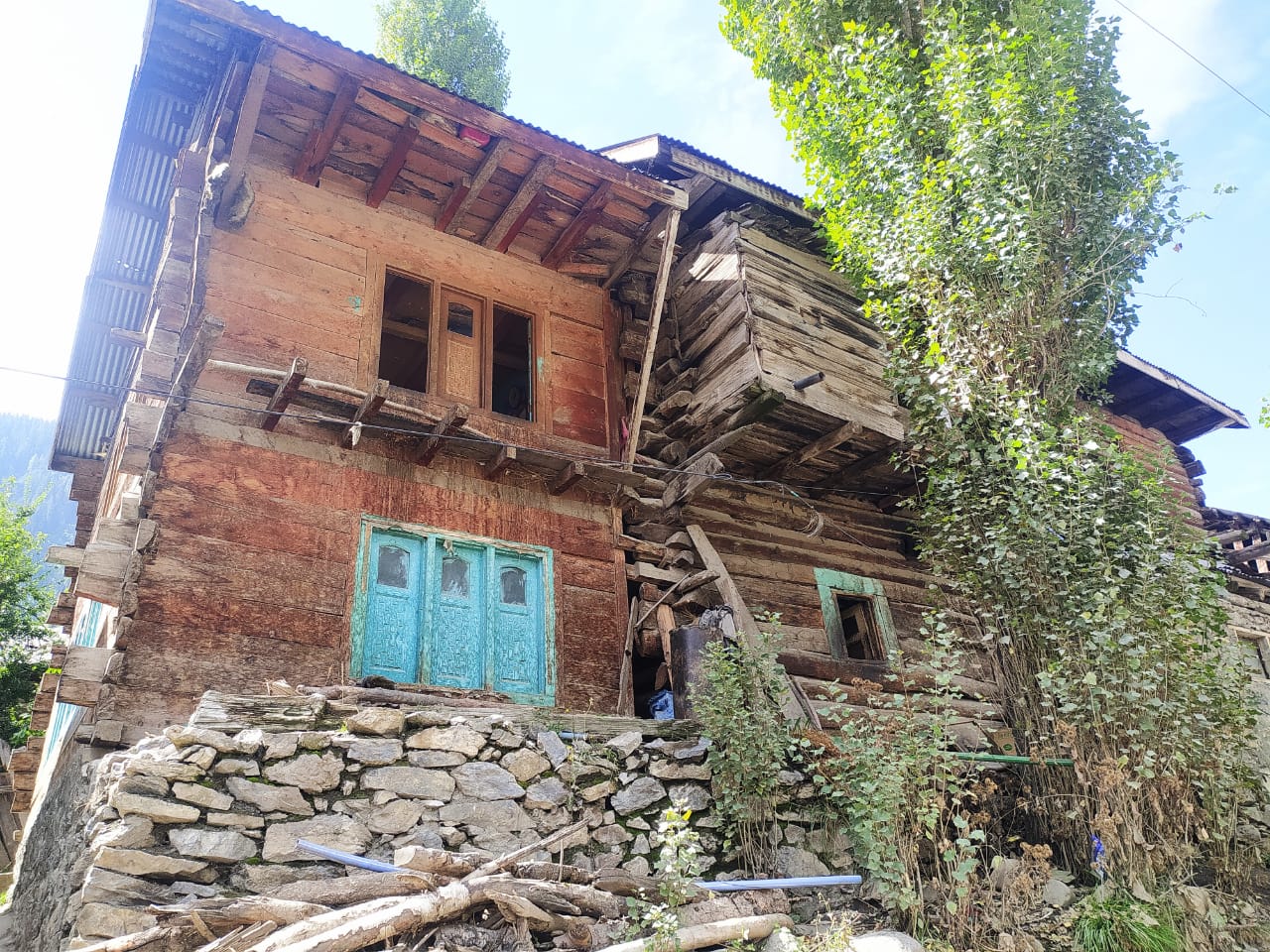 Old Structures, Gurez Heritage
Old Structures, Gurez Heritage
From the last three years, said Wasim Aakhon, a local resident, people of Gurez couldn’t talk to their relatives in Gilgit because only a few BSNL connections were working in the region.
“But thanks to Reliance Jio network,” he said, “we recently connected with our relatives on the other side.”
Despite this virtual link, the feeling of longing is still there. And perhaps, it’s only natural.
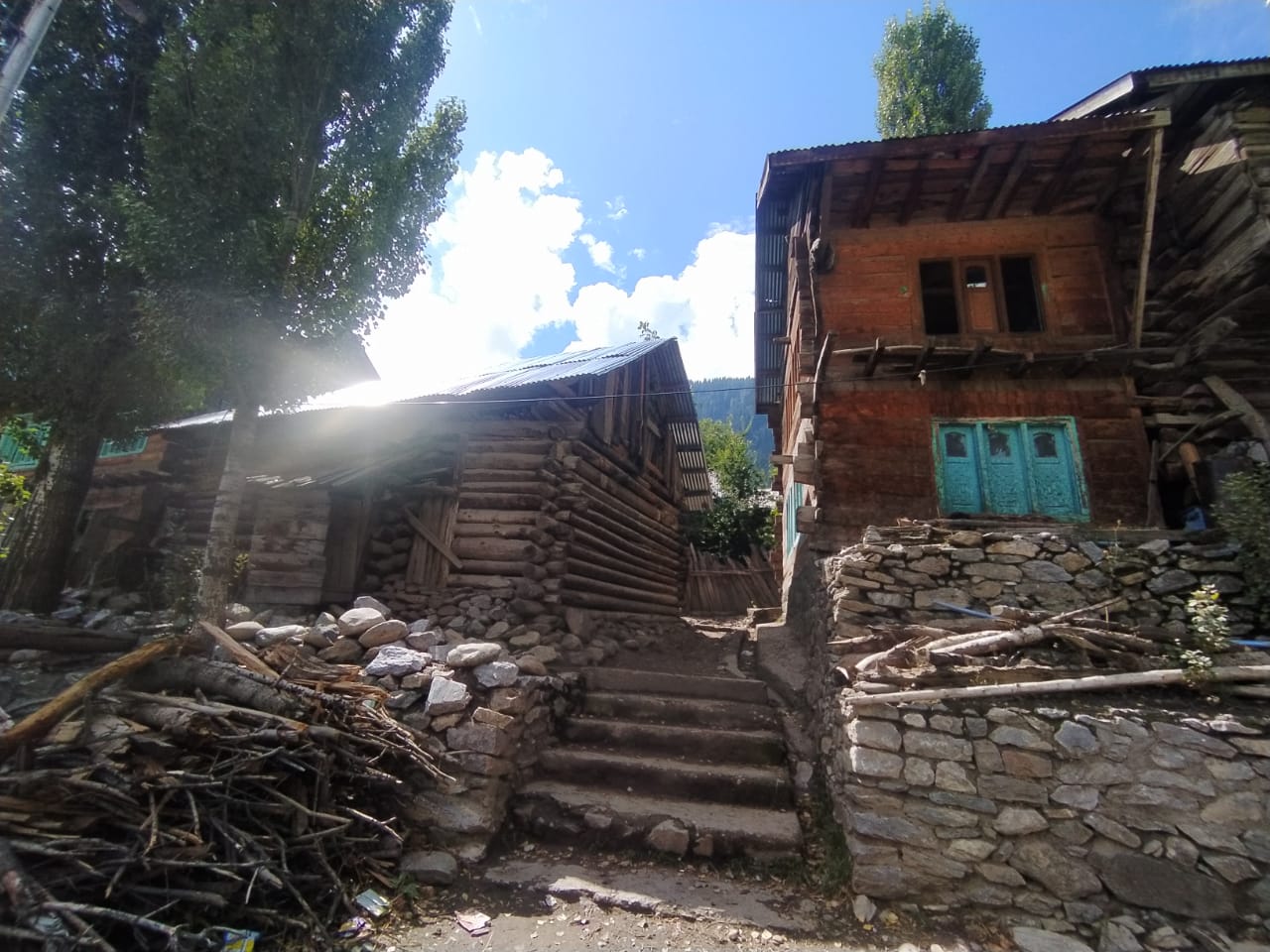
Since Akbar tricked Yusuf Shah Chak, Wasim said, his queen’s soul is literally wandering in Gurez. “That mountain you see is called Habba Khatoon peak. Look how it oozes spring, as if shedding tears in longing. Its presence makes the poet’s lament a perpetual agony here.”
This lament isn’t merely metaphorical.
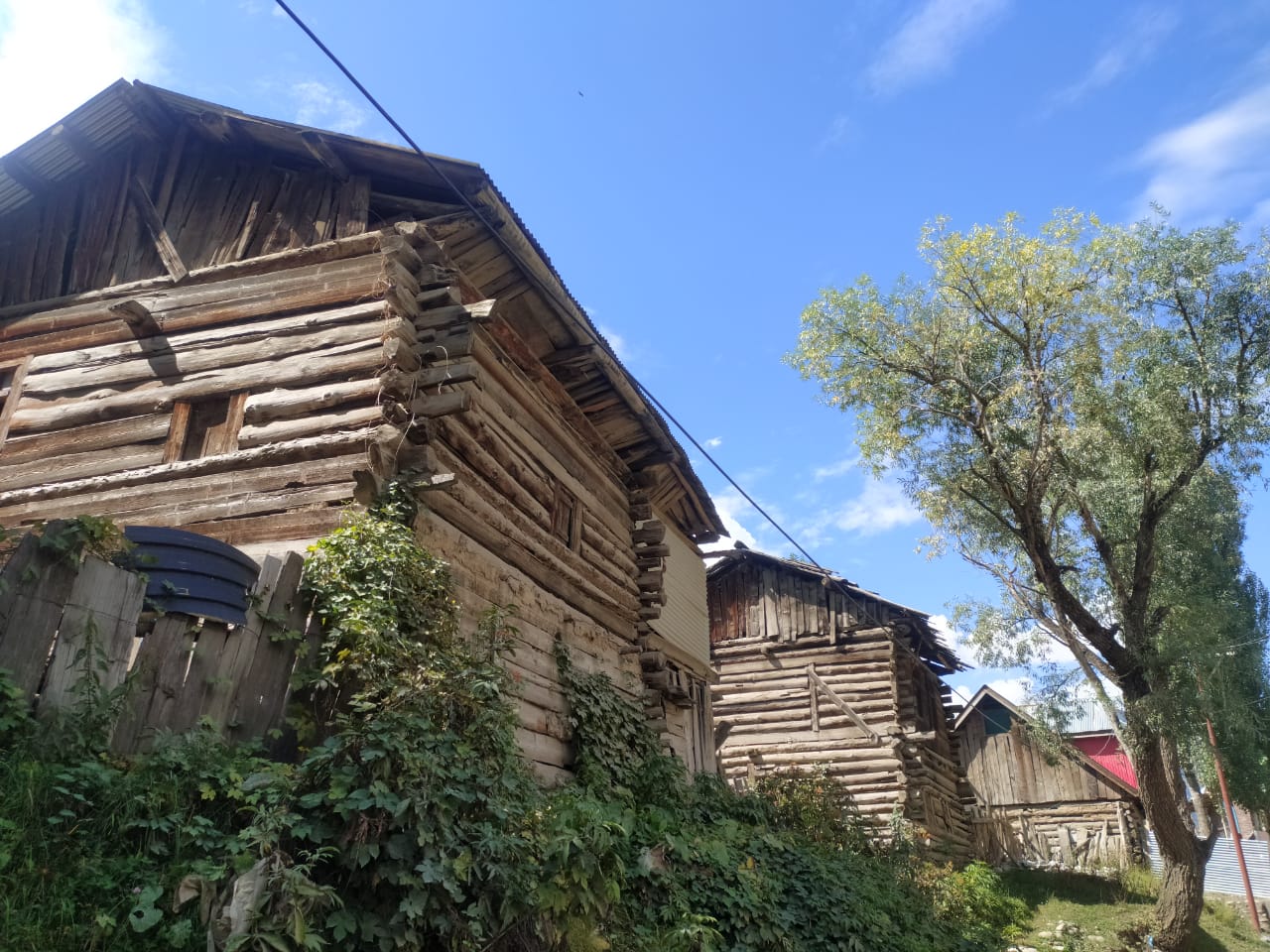 Heritage of Gurez Valley
Heritage of Gurez Valley
Gurez for years was some distant town mostly cut off from the valley. Apart from weather, it was also regulated by security apparatus for its strategic importance.
But a certain poster boy of bureaucracy finally lifted those official sanctions in 2015 and threw it open for all.
“After 2015, the tourist flow increased so much that many visitors had to return to Srinagar for the paucity of hotels here,” said Ghulam Mohammad Lone, a septuagenarian owner of the oldest guest house in Gurez’s Dawar area.
“So we built a guest house of 7 rooms in 2018 and later many people started developing accommodations. The rush surged so much that a local homestay in Gurez’s Dawar started charging Rs 2000 per night.”
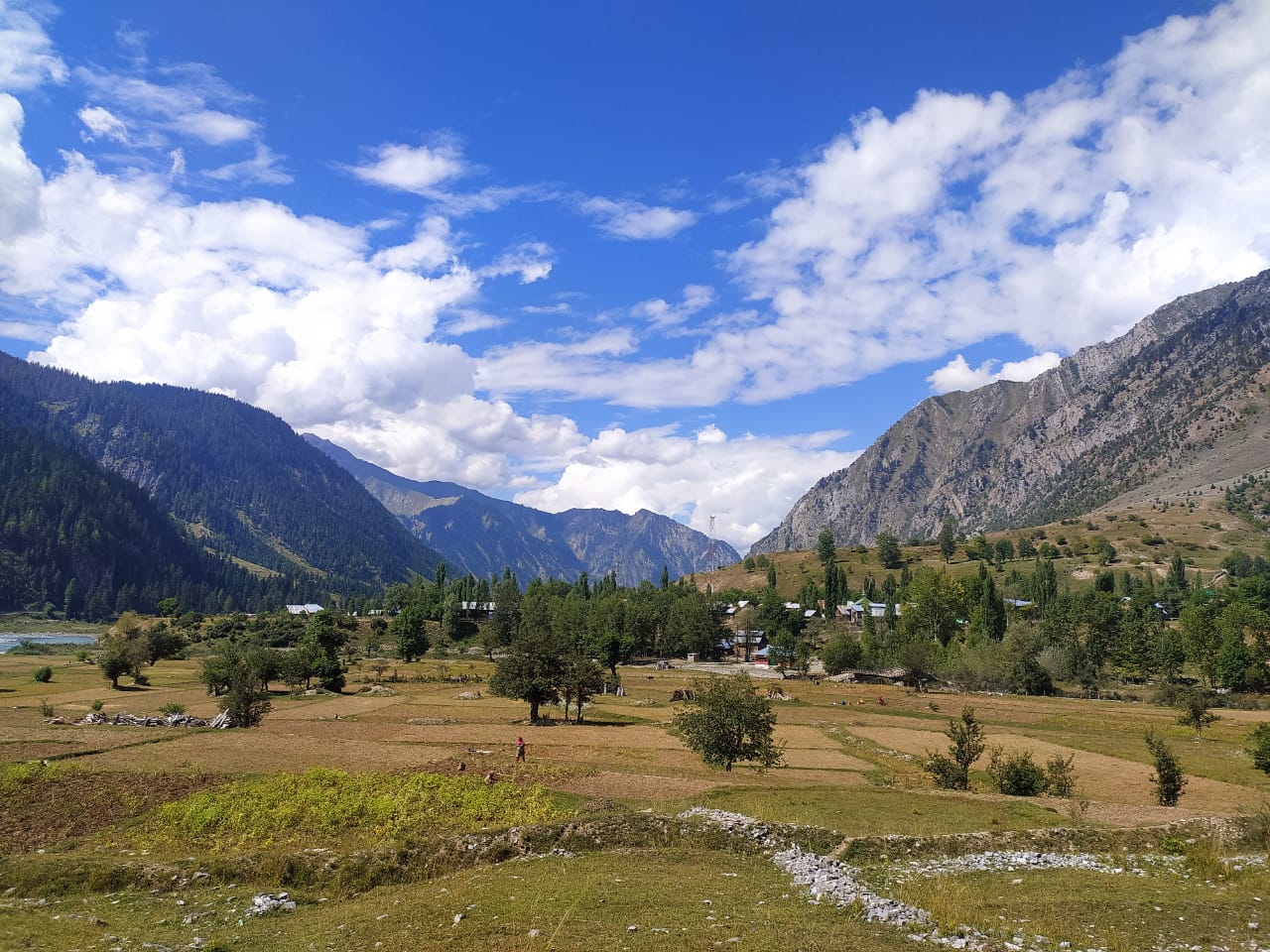 As more and more locals developed tourism infrastructure, Gurez paved way to a regular foreign tourist footfall.
As more and more locals developed tourism infrastructure, Gurez paved way to a regular foreign tourist footfall.
“Michael Benanav, a foreign traveller, visited Gurez in 2008 and again in 2018,” Lone said. “He also wrote an article on Gurez in New York Times. It’s sad that such influencing people cannot travel here now.”
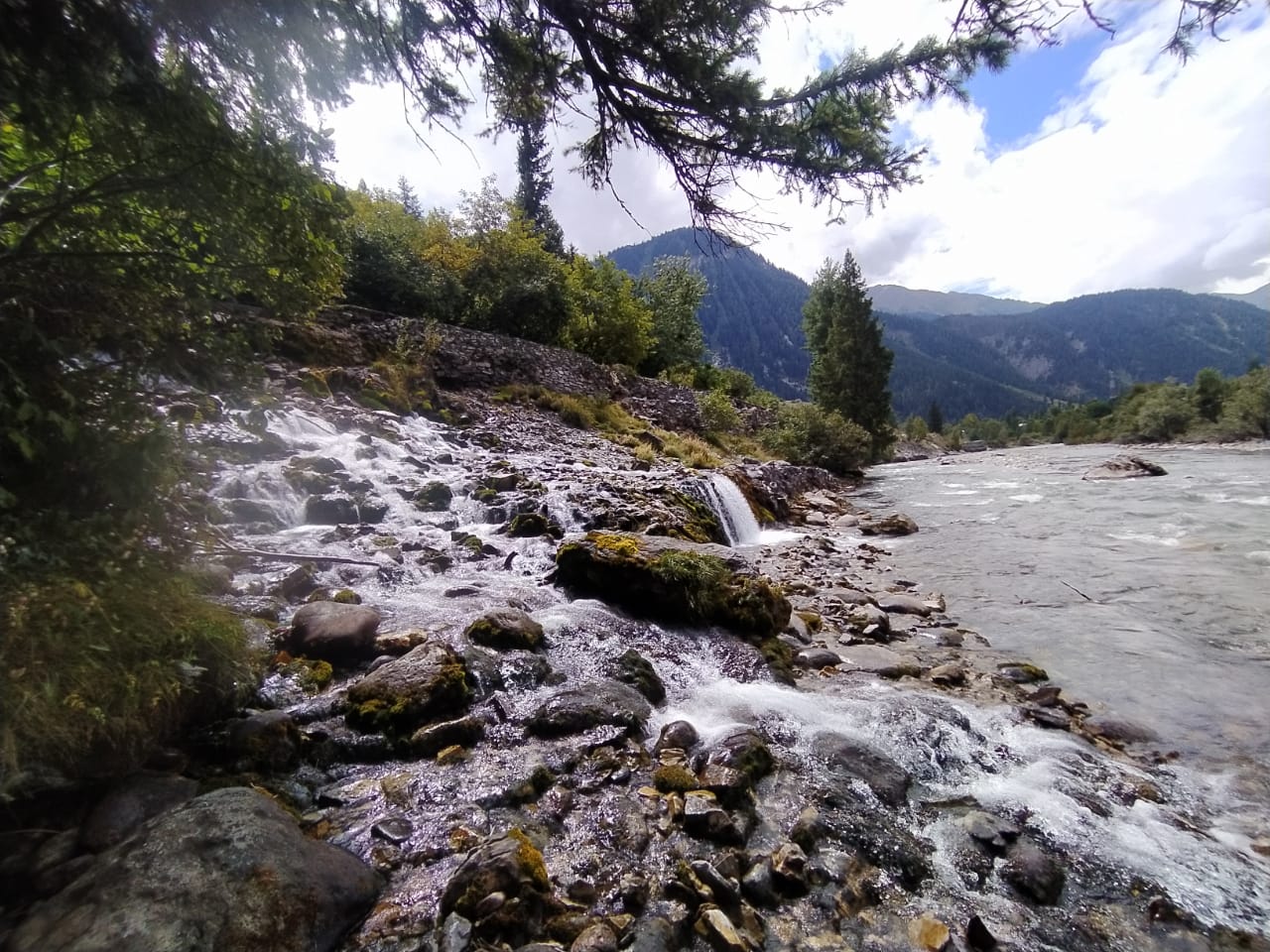 As such, there’re no restrictions for foreign tourists in writing. Even a few days ago, Lone said, few foreign tourists were stopped forcing their travel agency to download an order by the Home Department and seek an explanation from District Commissioner Bandipora, if Gurez comes under restricted areas.
As such, there’re no restrictions for foreign tourists in writing. Even a few days ago, Lone said, few foreign tourists were stopped forcing their travel agency to download an order by the Home Department and seek an explanation from District Commissioner Bandipora, if Gurez comes under restricted areas.
Barring these hitches, the Dardistan is clearly witnessing a tourism boom. And on the face of it, many locals have established several cafes, resorts and hotels. They’ve hired people from Baramulla and Bandipora for different hospitality jobs.
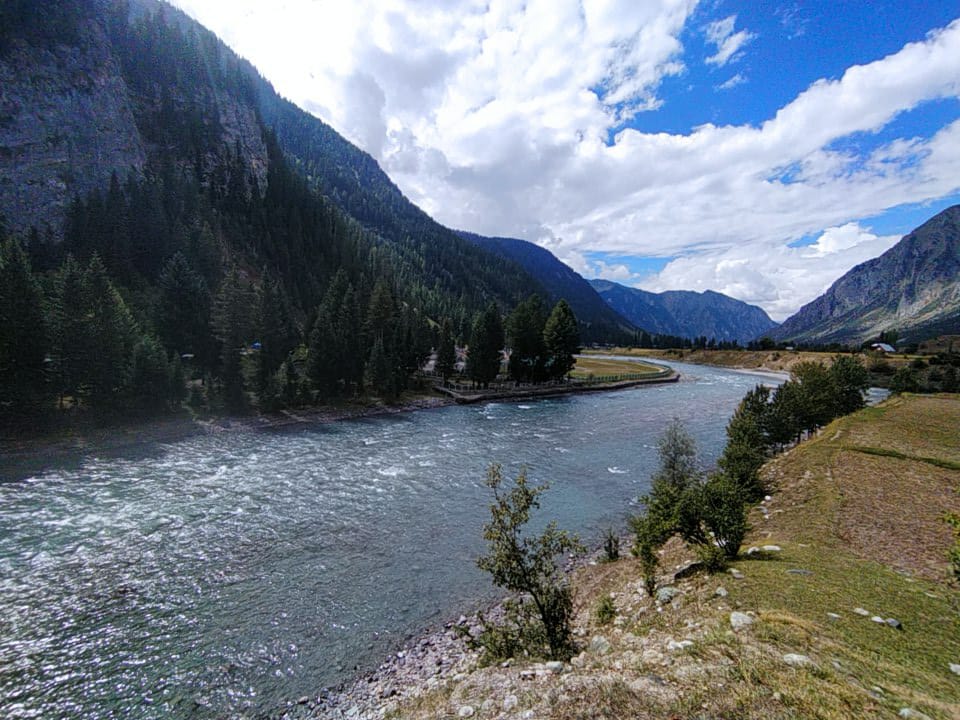 View from the lap of Mount Habba Khatoon
View from the lap of Mount Habba Khatoon
The natives have even thrown open their traditional wooden houses for homestay. Even Indian army runs a log hut café ‘for the people of Gurez’. However, beyond this boom, Gurez grapples with the garrisonisation of its land, corporatization of its water and harshness of its air.
During winters, it’s impossible to roam outside, as snow swirls in the air like winds and splashes on walls and windows. “We mostly depend on army helicopters for medical emergencies in winter,” Wasim Aakhon said.
“This is the reason why people of Gurez effortlessly merge with military.”
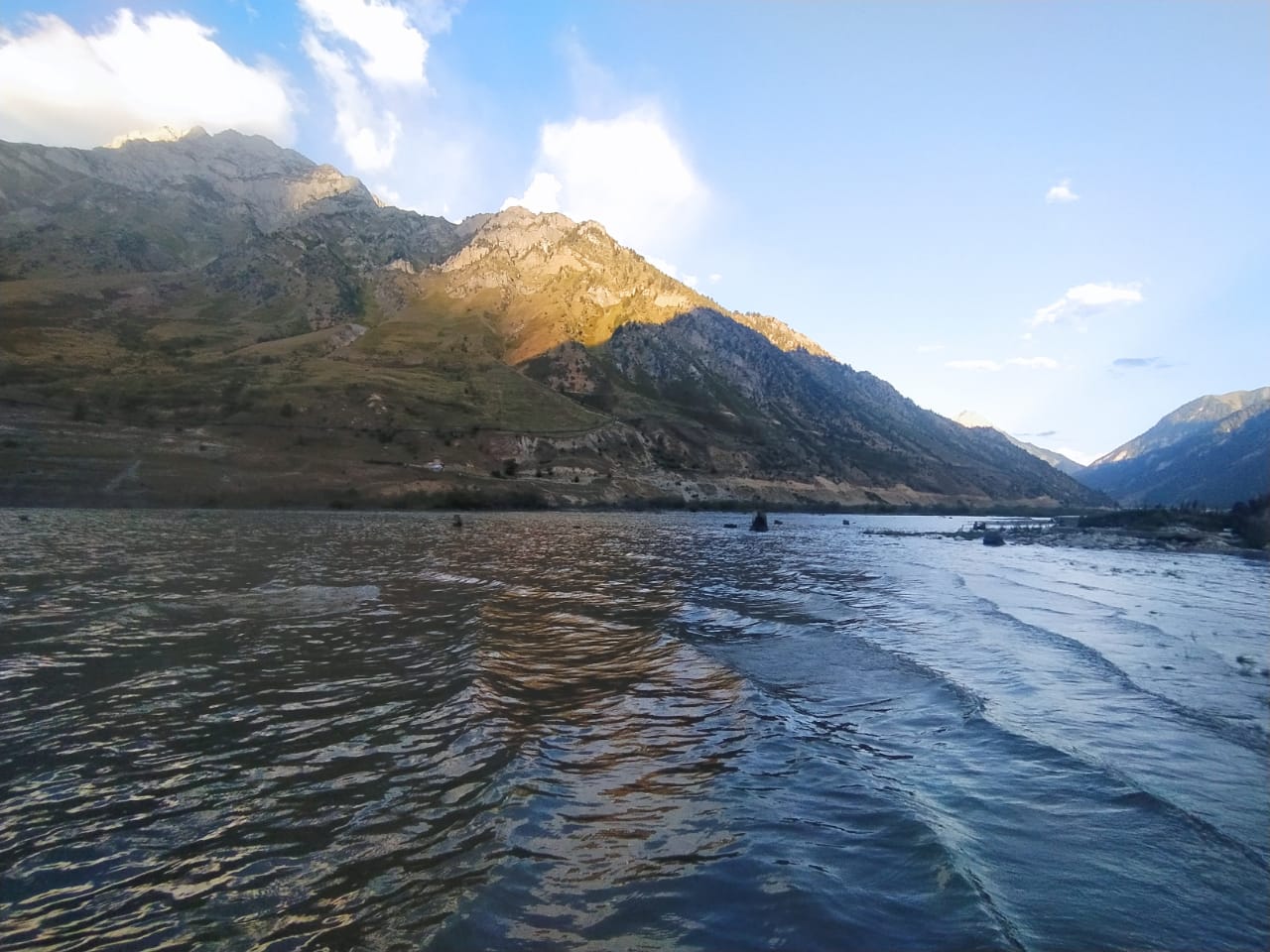 But largely over the years, they’ve merged with Kashmiri culture, improved their literacy rate and placements in government. However, as Wasim Aakhon explained it, the region is more than a sightseer’s haven. It’s the land, he said, where longing and lament make it the Habba Khatoon’s woeful wilderness.
But largely over the years, they’ve merged with Kashmiri culture, improved their literacy rate and placements in government. However, as Wasim Aakhon explained it, the region is more than a sightseer’s haven. It’s the land, he said, where longing and lament make it the Habba Khatoon’s woeful wilderness.
“During tumultuous nineties, around 60 per cent population migrated from Gurez due to LoC shelling,” Ishfaq Ahmad, a local hotelier, said.
“People from the Gurez Block [comprised of Dawar and Tulail] migrated to places in proximity. People living in the Tulail area migrated to Central Kashmir’s Kangan and Ganderbal, as some alpine lakes connect the north and central Kashmir, while people from Dawar shifted to Bandipora.”
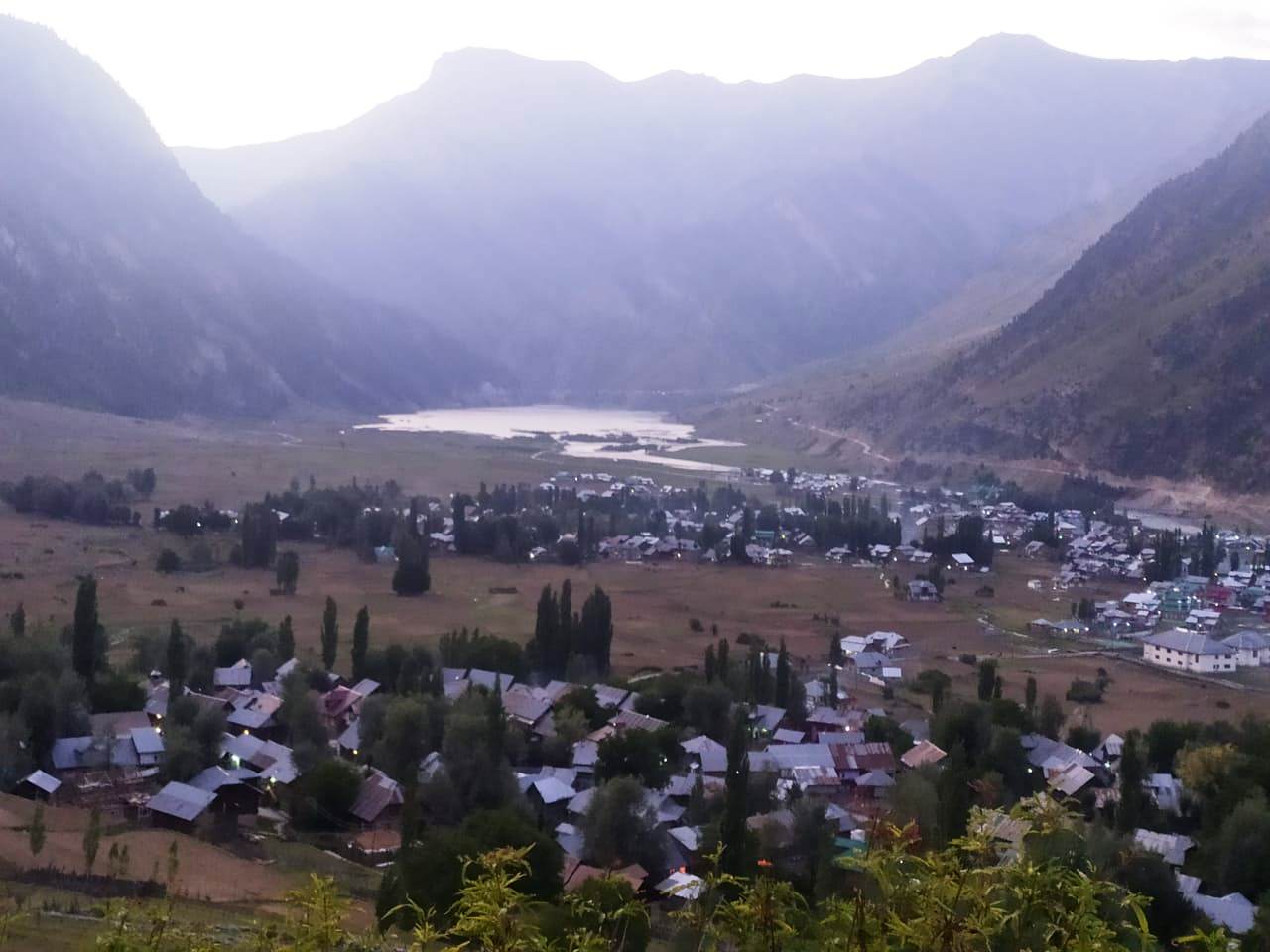 With the inception of the controversial powerhouse called Krishanganga, another migration took place from Gurez in recent past.
With the inception of the controversial powerhouse called Krishanganga, another migration took place from Gurez in recent past.
“A village called Badwan consisting of 150 households got submerged in water during the Krishanganga dam facilitation,” Wasim said.
“It eroded our identity and dispersed natives to Bandipora and Srinagar. Since then the growing desolation is only making Gurez a poetic lament.”